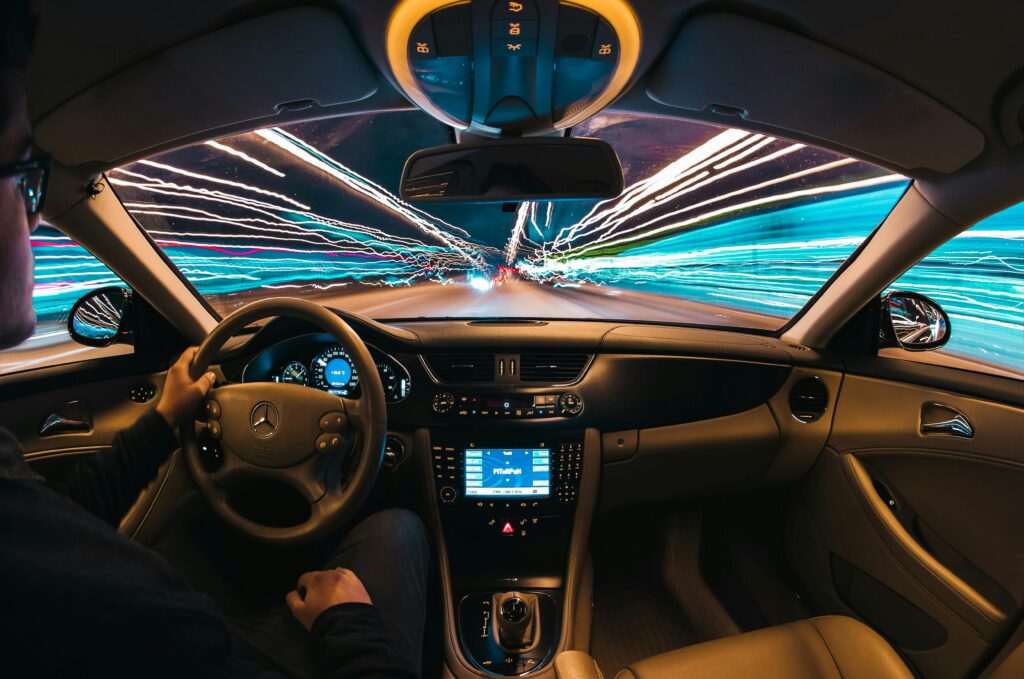Wi-Fi 6E is all the rage, and the buzz around its use in vehicles is growing. Imagine faster in-car entertainment, smoother autonomous driving, and better connectivity between vehicles and everything around them—thanks to Wi-Fi 6E. But, as with any groundbreaking technology, there are challenges. From antenna placement to understanding Very Low Power (VLP) devices, and spectrum management, there’s a lot to unpack. So let’s dive into these complexities and figure out what this means for automakers, suppliers, and the people who just want their car’s Wi-Fi to work flawlessly.
What Exactly is Wi-Fi 6E Doing in Our Cars?
Wi-Fi 6E takes the already awesome Wi-Fi 6 technology and extends it into the 6 GHz spectrum, which offers more bandwidth and less congestion. For cars, this means new opportunities for next-level in-car entertainment, autonomous driving systems, and vehicle-to-infrastructure connectivity. But using Wi-Fi 6E in vehicles brings some big questions about RF exposure, antenna placement, and how we classify these systems: Are they mobile, portable, or fixed?
Fixed, Mobile, or Portable: The Communication Breakdown
Before we dive into regulations, let’s clarify something that often gets lost in the jargon—what do we mean by fixed, mobile, and portable communications?
- Fixed Communications: In fixed setups, like your home Wi-Fi, the radio channel is almost static. The only changes happen because of moving objects around it, like a person walking by or a car passing outside.
- Mobile Communications: Mobile systems experience a constantly changing radio channel. This is what happens when you’re talking on your phone in a car or train moving at high speeds—your connection fades in and out as the signal shifts between base stations.
- Portable Communications: Portable systems are somewhere in between. The radio channel can stay pretty stable during short periods (within one frame) but changes as you move around. Think of it like using a tablet in the car—the signal changes from frame to frame, but it’s not as drastic as mobile communications.
When it comes to Wi-Fi 6E in vehicles, some might argue that a wireless personal area network inside the car could be considered portable. It’s not as mobile as a cell phone connection, but it’s also not completely fixed. It lives in this gray area where the rules start to blur.
Antenna Placement and the Curious Case of the Integral Antenna
Now, let’s talk antennas. One big regulatory requirement for Wi-Fi 6E systems in vehicles is the use of an integral antenna. But why? This is where things get interesting. The FCC has a rule that any Wi-Fi 6E device using the 6 GHz band in vehicles must have an integral antenna, meaning it’s built into the device. The reasoning here comes from the fact that the 6 GHz spectrum overlaps with military and satellite communication bands. The fear is that an external antenna, especially one with high gain, could extend coverage outside the vehicle and interfere with these critical systems.
But, honestly, this raises some questions. For example, why can’t we design an external patch antenna array with high gain that is safe for use outside the vehicle? If designed well, it could work without causing interference. It’s clear that more research is needed, and we need to be careful with how regulations evolve around this technology.
LPI vs. VLP Devices: What’s Allowed in Vehicles?
Let’s break down the two main types of Wi-Fi 6E devices: Low Power Indoor (LPI) and Very Low Power (VLP). Each has its own set of rules, especially when it comes to vehicle use.
- LPI devices: These are strictly for indoor use and are not allowed in vehicles. They’re designed to minimize external emissions, and using them in a car would expose them to uncontrolled environments where they could cause interference.
- VLP devices: On the flip side, VLP devices are designed for outdoor use, including vehicles. These devices are portable, battery-powered, and work for short-range communications. VLP devices are perfect for in-car entertainment systems, personal networks that connect your phone to the car’s system, and driver-to-vehicle interfaces. However, there’s some debate about what exactly qualifies as portable. Is a car entertainment system powered by the vehicle’s battery really “portable”? According to strict EU definitions, maybe not, but it still operates in that gray area.
The Challenges with VLP Devices in Vehicles
Integrating VLP devices into vehicles comes with its own set of challenges. These devices are designed to be portable, handheld, or even wearable, but they’re also expected to power in-car systems like infotainment or short-range video streaming. The question is, how do we classify these systems when one part might be considered portable, but the other part is built into the car?
The ECC Report 316 considers vehicles a good fit for VLP use but acknowledges the complexity. Some devices blur the line between mobile and portable, especially when they’re integrated into the vehicle’s structure.
Conclusion: Navigating Wi-Fi 6E in Vehicles
Wi-Fi 6E is a game-changer for in-car connectivity, but it’s not without its challenges. From questions about antenna placement and the limits of integral antennas to the tricky classifications of mobile vs. portable devices, there’s still a lot to be worked out. Automakers and suppliers need to carefully navigate these complexities to ensure compliance with both FCC and EU regulations.
At IoT Consulting Partners, we understand that this journey can be confusing. But we’re here to help you make sense of the rules and figure out how to integrate Wi-Fi 6E into your vehicles without a hitch. Whether you need help with regulatory approvals, RF safety testing, or designing your next Wi-Fi 6E system, we’ve got your back.

|
Do You Have Questions? Schedule a Free Consultation Now! |

|


